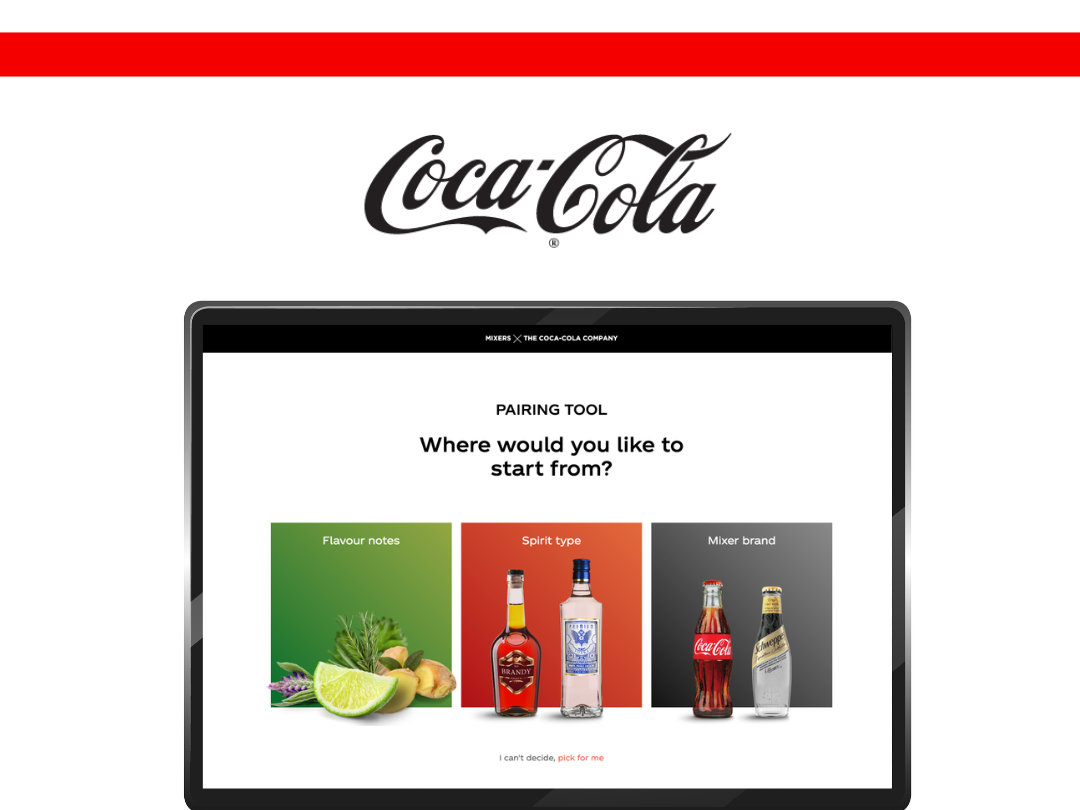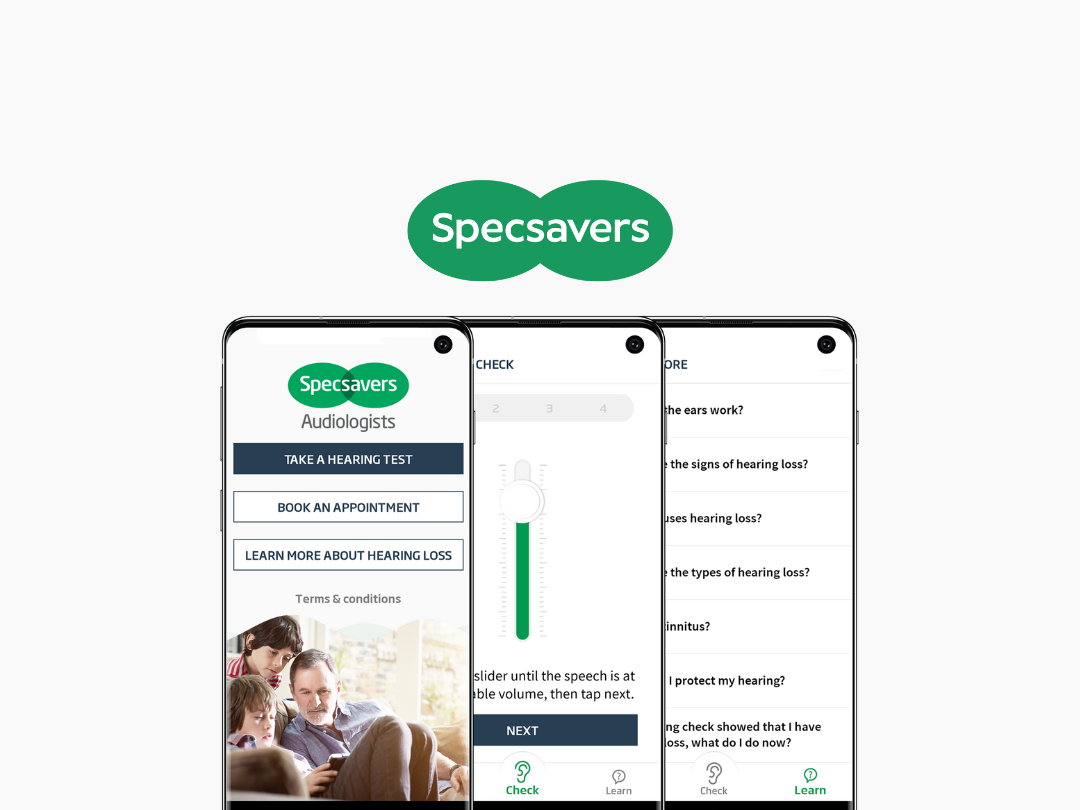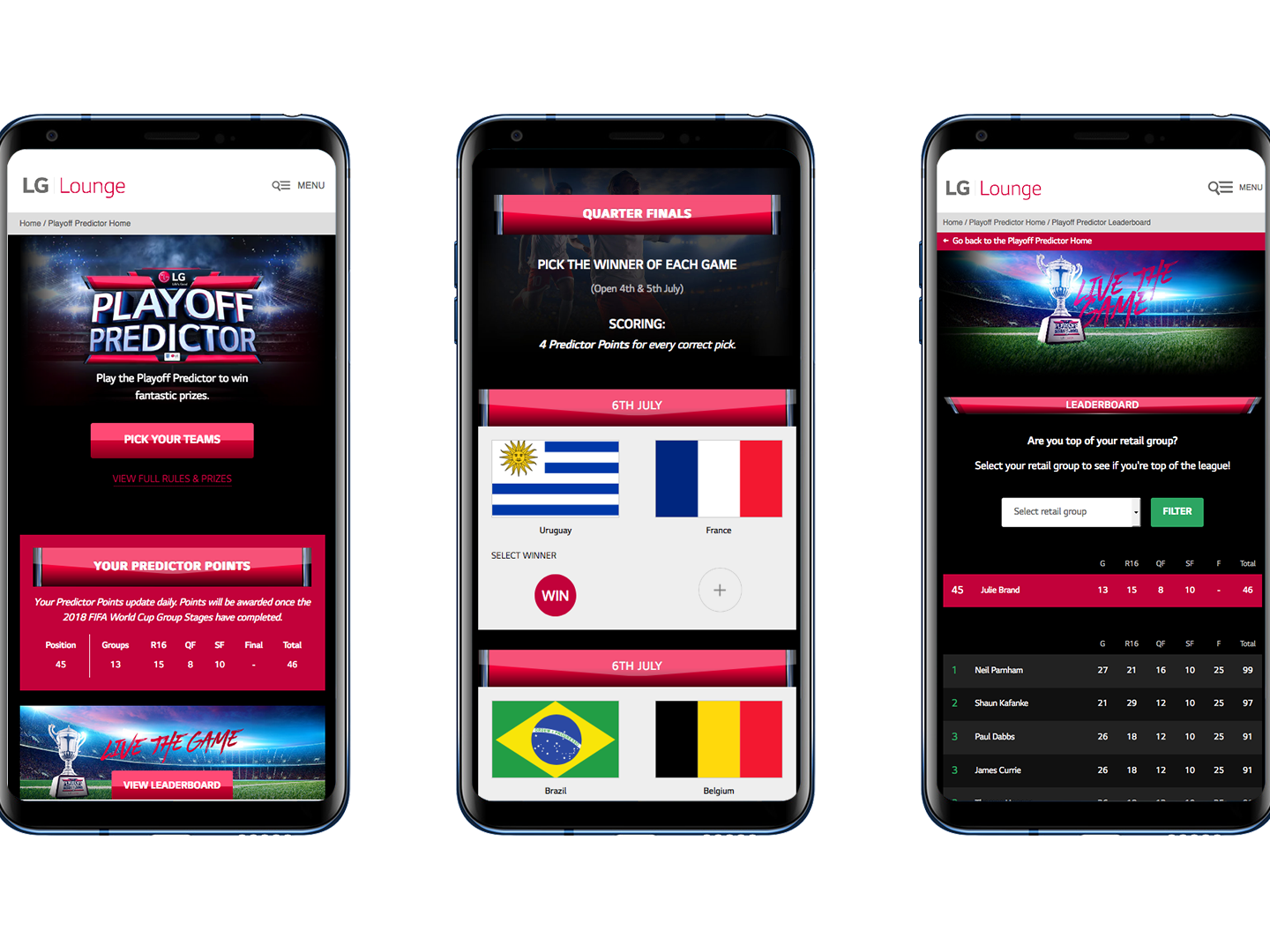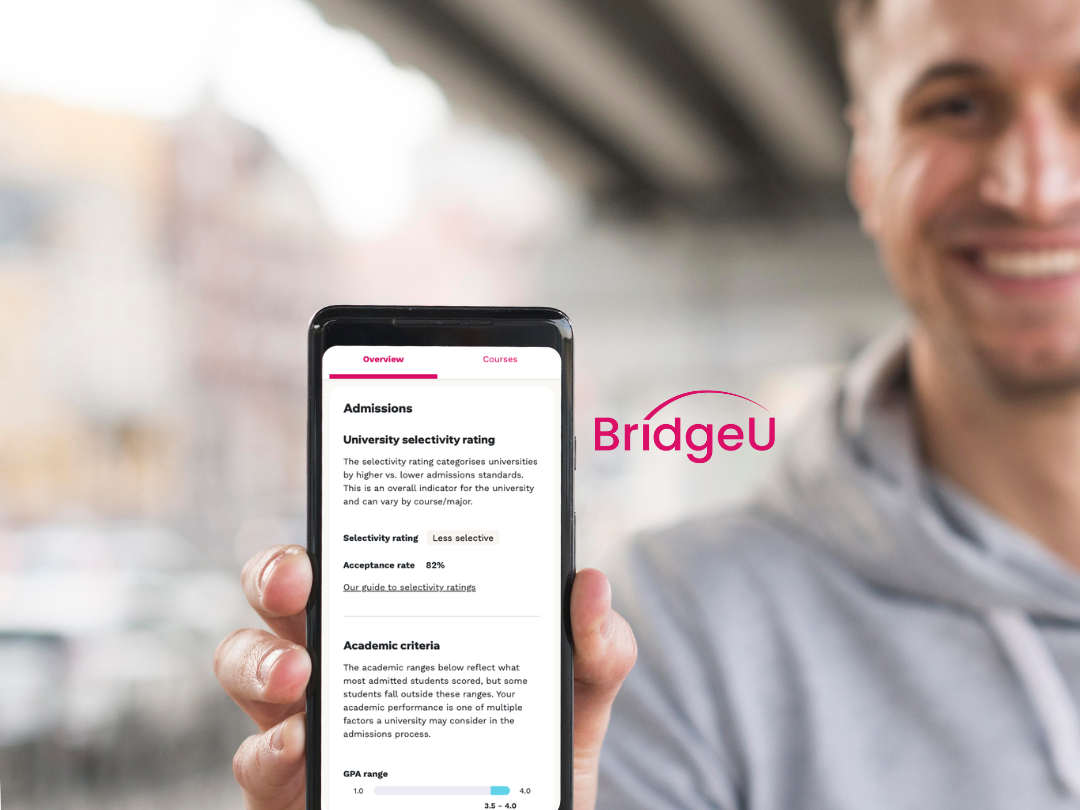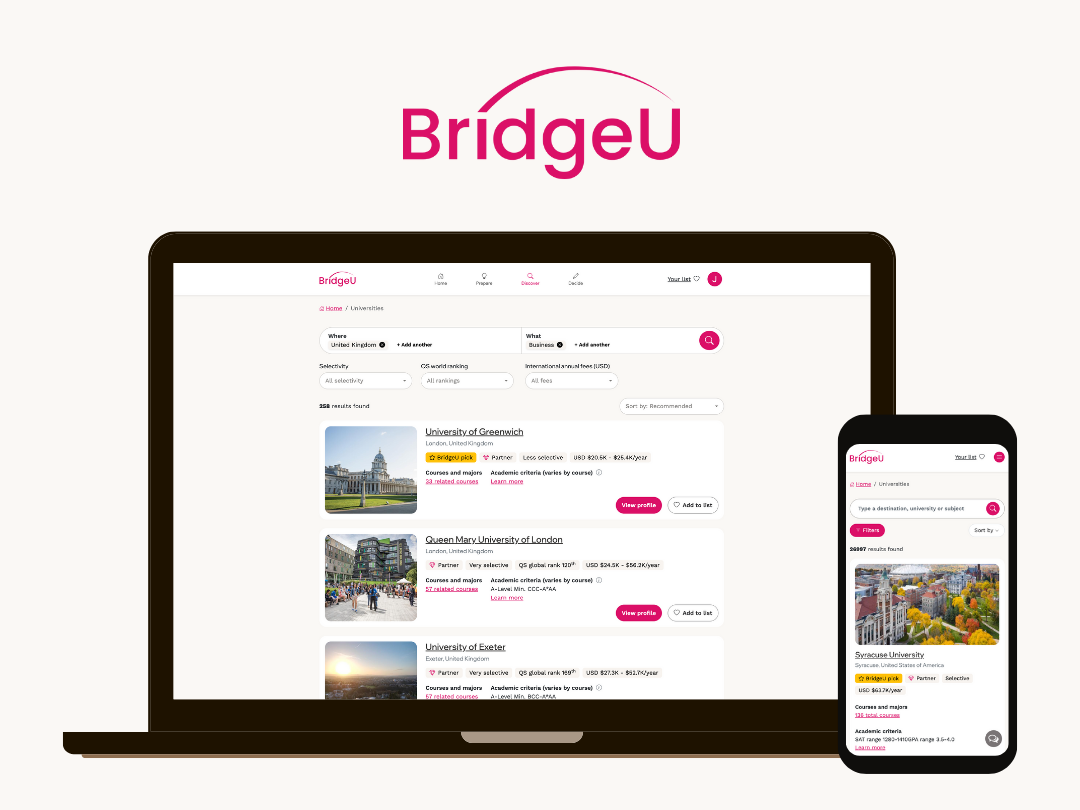A quick summary...
- Launched an award-winning training platform for tech giant LG
- 55.4% YOY increase of active users in the first year after relaunch
- 26% increase in training modules taken by users in the first year after relaunch
- Internal LG recognition at South Korea HQ for the great results achieved
Awards won
Drum Content Awards - Best internal use of content
Hermes Creative - Website Overall - Business to Business
AVA Digital Award - Web Element - Intranet
Project roles/timelines
12 week discovery - 8 week initial build
Product designer/UX research specialist/Engineer
Roles - UX/UI/Strategy/User research/ User testing/ IA / Game design
This case study details launching the product and subsequent gaming launches.
Product designer/UX research specialist/Engineer
Roles - UX/UI/Strategy/User research/ User testing/ IA / Game design
This case study details launching the product and subsequent gaming launches.
Background
LG are one of the world's leading technology brands specialising in consumer electronics, in the UK, they rely on third-party resellers to drive consumer sales for the company across their three main business units (Home Entertainment, Home Appliances and Mobile Communications ) and did not possess their own e-commerce or widescale bricks and mortar stores.
This created a challenge; as they do not employ consumer facing sales representatives, they are unable to reach and educate retailer staff directly without physically visiting stores. They needed a solution that can be accessed anywhere, anytime that educates and incentives retailer staff to sell their products.
The Brief - reimagine the training platform
LG were experiencing low engagement rates on their retailer training platform and needed a redesign to tackle this issue and educate third-party staff on their products to drive sales.
Considerations
Considerations
- They have a large product portfolio and work with both broad and specialist retailers across different technology categories.
- Consumer technology is an extremely competitive industry and most, if not all, large manufactures own retailer training platforms all fighting for the same users.
- User have a busy working schedule and training can not be done in dedicated work time
Business goals
- Drive sign ups
- Drive sign ups
- Increase awareness of LG products through education
- Increase YOY engagement
- Reduce senior staff admin tasks
Kicking off the discovery phase with user insights - Research initiatives to understand the user
A questionnaire was sent to LG Lounge 1.0 users to find out pain points they had experienced with the platform. We also added in questions to understand their wants and needs so that we could plan enhancements for LG Lounge 2.0.
Users were contacted across regions, retailers and levels of interactivity. This helped form personas for each of the user types that would be using the 2.0 version of the product and gave direct insight to points to address.
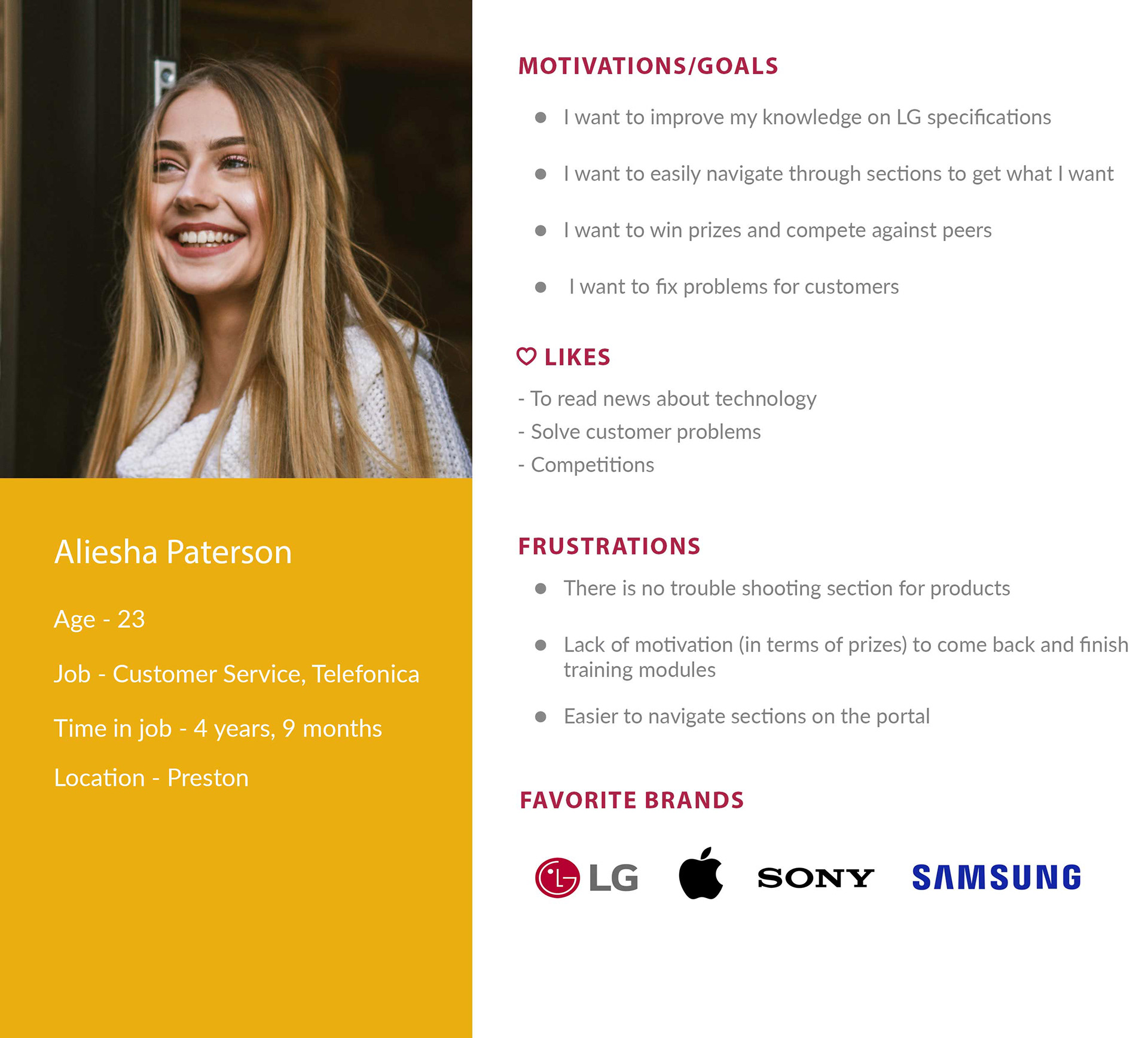

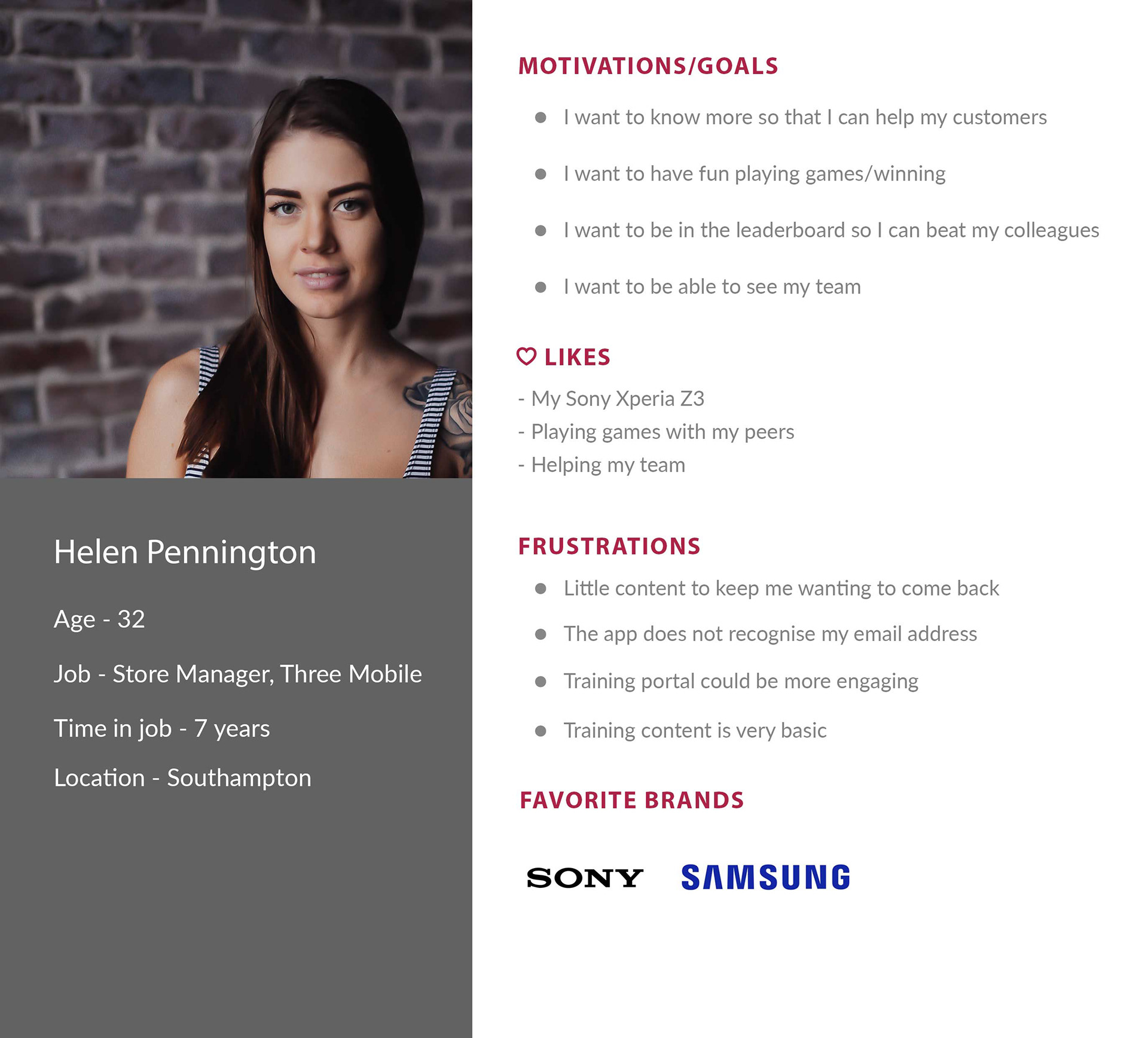


Outcome - learning why users came back to LG Lounge
The main two motivations for coming to the LG Lounge were;
1. Increase product knowledge
2. Win prizes
1. Increase product knowledge
2. Win prizes
Most people used their mobile phone when using the site, so the product had to be mobile first in design and experience, something V1.0 was not. The insight of pain points helped form the correct questions for the next phase of the product.
Alongside questionnaires, several other types of research took place in the discovery phase to understand the scope and features that were needed, they included:
Research analysis - Time was spent looking at direct competitors and non-compete educational training platforms. The aim of this was to understand what others were doing in terms of the registration process and user journeys for interactive engagement features such as educational series ended in quizzes.
From this I formed ideas to implement in design and took that to testing user journeys.
User journey mapping - To understand the best routes different personas should take, user journeys were mapped for the main tasks to make sure each user type completed the action with efficiency.
These included registrations, entering a competition (below), taking a quiz starting from the homepage and contacting a trainer. The product needed to be an easy-to-use system personalised to an individual by retailer, store and LG trainer. These methods helped to plan features and page content and was then taken into consideration when delivering the site IA.
Understanding the requirements
1. Designing the right solution for different user types and needs/permission access
Solutions based on the different user types;
A - retailer staff/ third-party user
B - LG trainer (additional access to team stats & award points)
C - LG admin user (admin reporting dashboard)
A - retailer staff/ third-party user
B - LG trainer (additional access to team stats & award points)
C - LG admin user (admin reporting dashboard)
The key features that differentiated these user types were based on research and stakeholder conversations to determine what was beneficial to each persona from a user and business perspective.
2. A gamified experience
Gamified learning was a decided upon early in the research phase to enhance the user's learning experience and a way to encourage engagement.
Gamified learning was a decided upon early in the research phase to enhance the user's learning experience and a way to encourage engagement.
Taking the requirements to initial sketches
Sketches were used to flesh out initial thinking for the product and help form and ask the right type of questions before the next stage.
Iterating low-fi user journeys and testing
Engaging with stakeholders was critical in creating the wireframes, we tested user journeys to make sure the user was able to complete tasks effectively, the stakeholders had invaluable knowledge and helped explain important logistical information of the users.
Engaging with stakeholders was critical in creating the wireframes, we tested user journeys to make sure the user was able to complete tasks effectively, the stakeholders had invaluable knowledge and helped explain important logistical information of the users.
Below is an example of completing a quiz from the homepage quiz panel to seeing the points gained as a reward on the user's profile.
Adding the brand to hi-fi wireframes
Using the LG palette, a design system was created that was fun, engaging but on-brand. This helped to visualise the product and was used in stakeholder management, it gained insight and user journeys were tweaked.
Product pages were vital to the platform and had to have digestible content that was engaging, this had to work across multiple product types yet feel consistent.
Product pages were vital to the platform and had to have digestible content that was engaging, this had to work across multiple product types yet feel consistent.

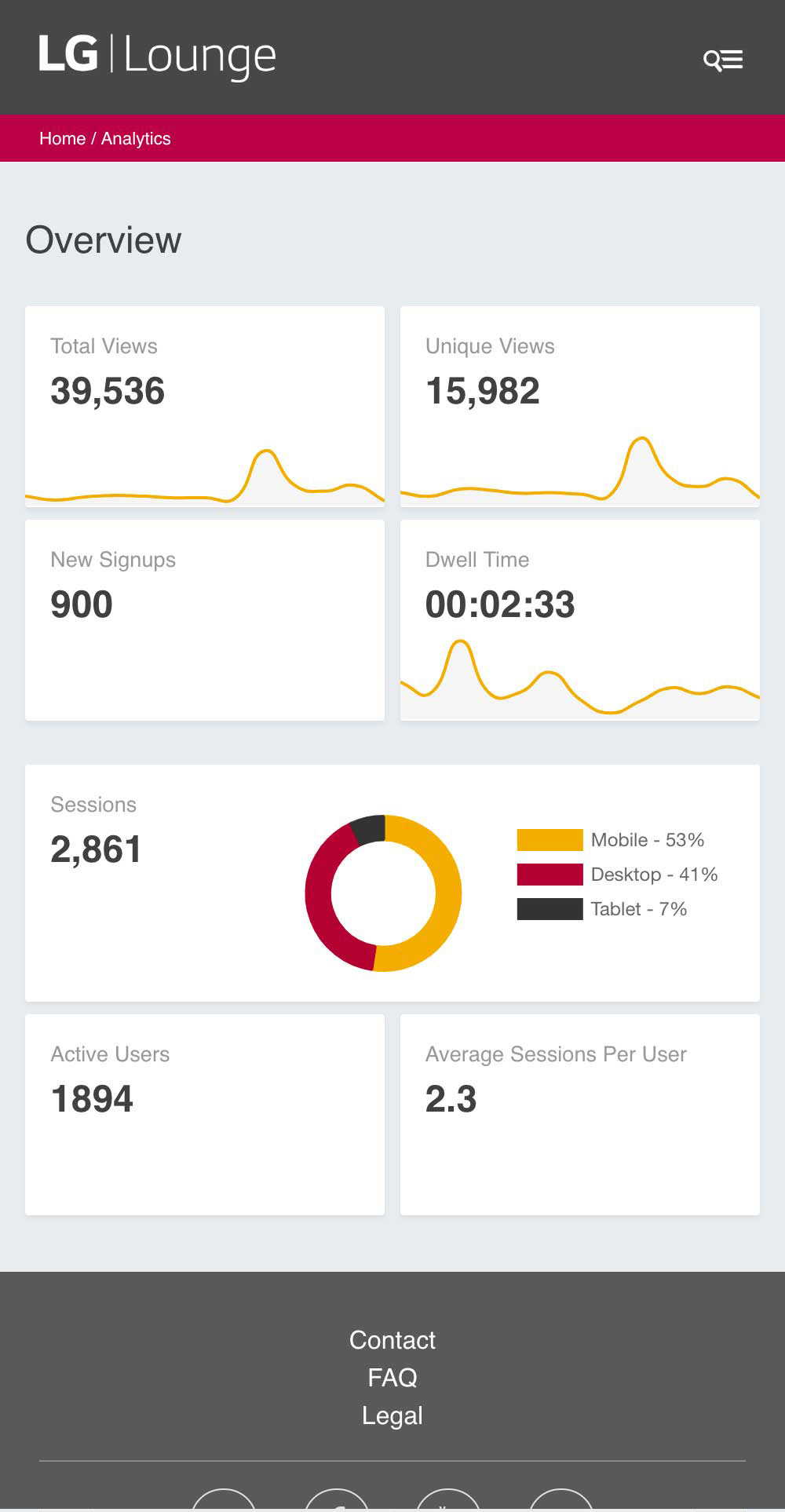
The final product
A personalised, gamified experience
A personalised, gamified experience
A mobile-first site was developed to deliver a personalised, gamified learning experience for each user. This is executed by a incentivised training through a points-based system, which serves as a virtual currency for entry into regular and retailer-specific prize draw competitions.
Listening to the user's needs and designing solutions that work
Below show some of the solutions and features based on user frustrations and business goals found throughout the research phase.
Below show some of the solutions and features based on user frustrations and business goals found throughout the research phase.
User testing at LG HQ
Testing was completed with a selection of users at LG's head office to make sure the product worked for the audience, changes were made based on feedback, frustrations and recommendations. One main outcome of the testing was to add the word 'Menu' next to the hamburger icon so that all users would know where to find pages on mobile.
Testing was completed with a selection of users at LG's head office to make sure the product worked for the audience, changes were made based on feedback, frustrations and recommendations. One main outcome of the testing was to add the word 'Menu' next to the hamburger icon so that all users would know where to find pages on mobile.

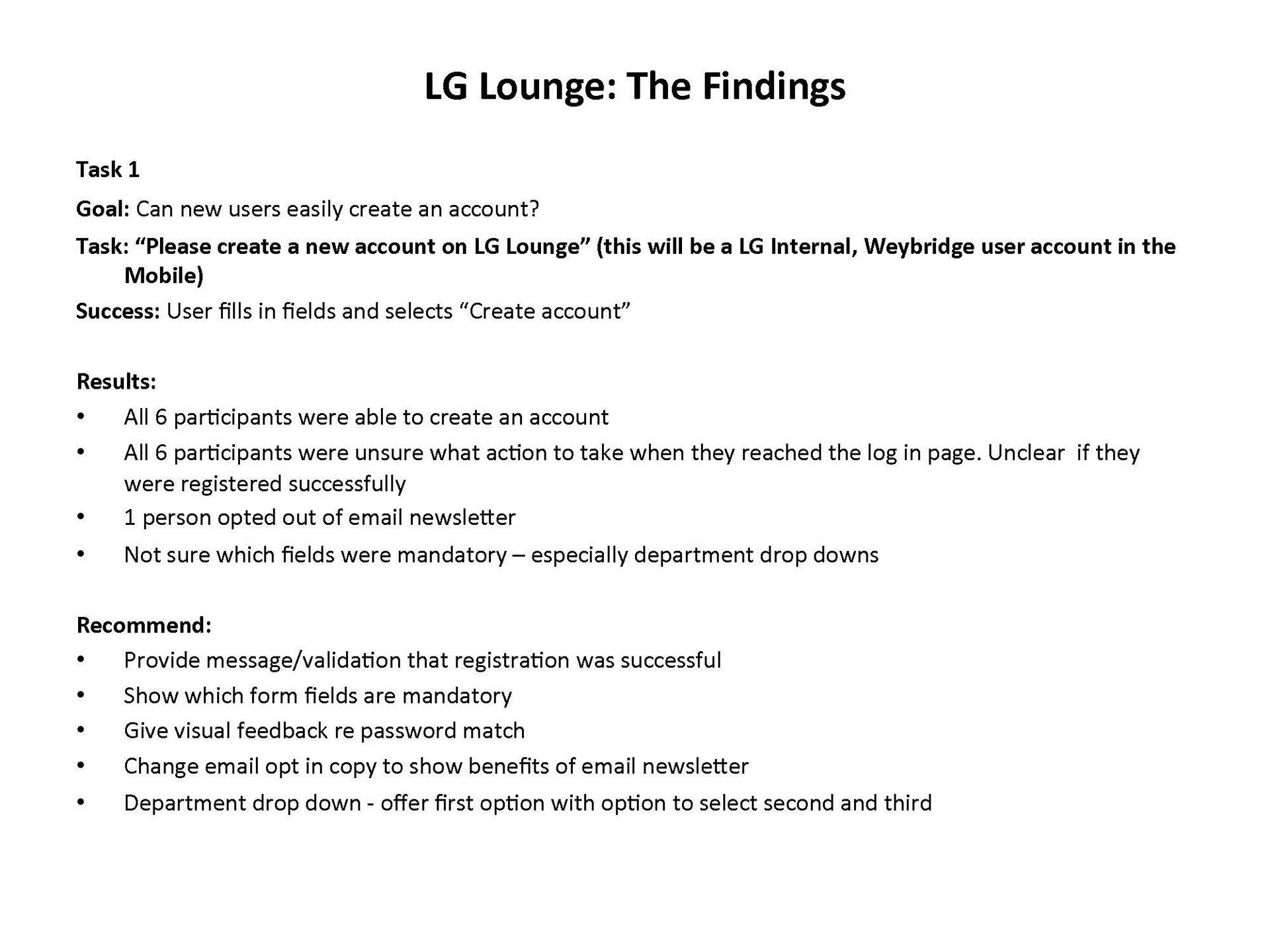

Considering permission based features
The screens below show the difference in execution for the permission types;
A - retailer staff/ third-party user
B - LG trainer (additional access to team stats & award points)
C - LG admin user (analytics reporting dashboard).
The screens below show the difference in execution for the permission types;
A - retailer staff/ third-party user
B - LG trainer (additional access to team stats & award points)
C - LG admin user (analytics reporting dashboard).
Successful key results
- 55.4% YOY increase of active users in the first year after relaunch
- 43% increase in total views in the first year after relaunch
- 26.5% increase in user sign ups in the first year after relaunch
- 26% increase in training modules taken by users in the first year after relaunch
- Internal LG recognition at South Korea HQ for the great results achieved
- Conversations to roll out to other regions
Client feedback
“At LG we strive to work collaboratively with our retail partners to ensure they’re equipped with the tools and latest product knowledge to support their sales. Yet we understand that busy retail schedules don’t always allow for face-to-face training, so supplementing our training team with an easy to access platform that delivers engaging and up to date product content is key.”
“This refresh delivers more engaging and accessible content than before and it was important that we introduced customisable features so we can be truly collaborative and enable the LG Lounge to be tailored to each individual retailer’s needs.”
Andy, UK Commercial Director of Consumer Electronics at LG
Follow on projects to enhance gamified learning on LG Lounge
Bi-annual games were created to encourage engagement through friendly store/retailer competition. Game themes were based on product launches, seasonal sales drivers or LG partnerships and released at key sales timings throughout the year to help educate retailer staff in order to drive more sales.

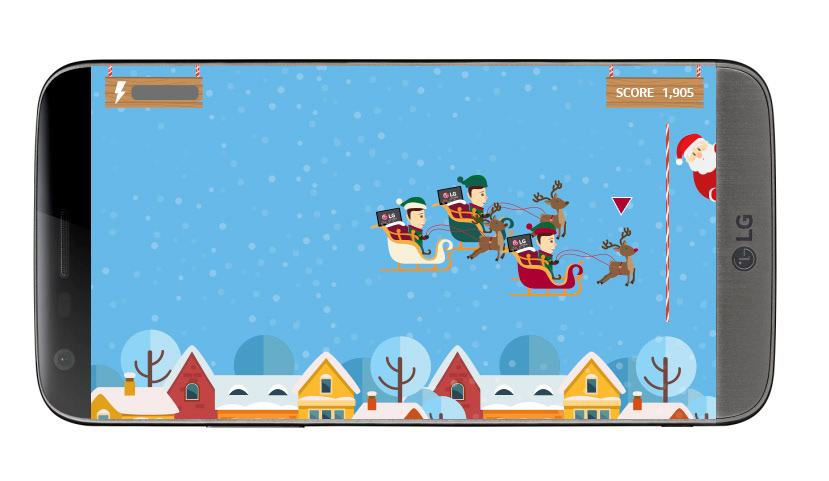
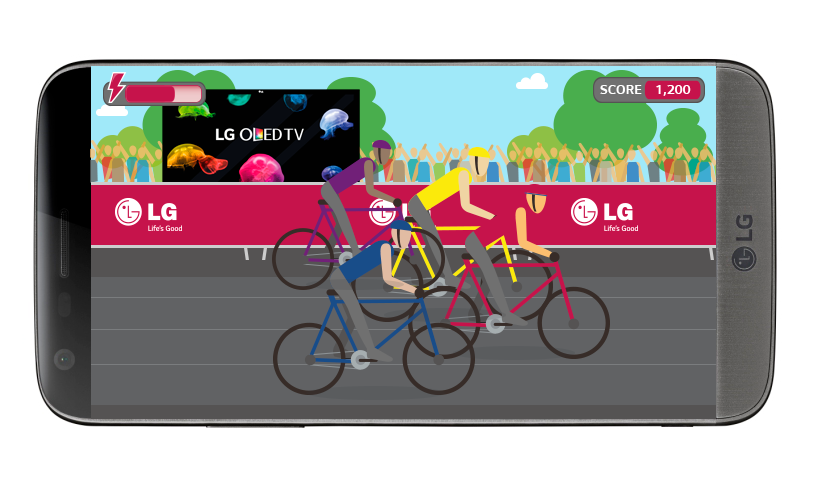

Credits:
Agency: Brand and Deliver
Agency: Brand and Deliver
Website and Game Designer: Julie Bodie
Developers: Rob Fenech, Joe Birkin
Game Developers: Remi Borgniet & Joe Birkin
